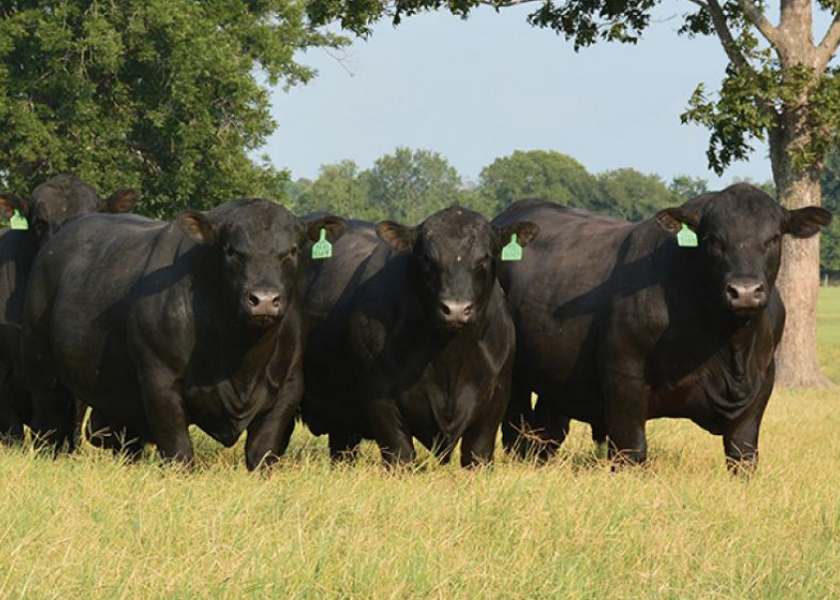Selection for Maternal Performance

This week we discuss the EPDs to consider when selecting bulls that will be used as rotational sires. A rotational sire is a bull from which daughters will be retained to develop as replacements in our cowherd. A reproductively efficient cow is one that weans off a calf each year. In order to accomplish this, she has to get bred, have a live calf, be nursing the live calf while simultaneously getting bred again.
Since beef gestation length is 283 days, that leaves 82 days after calving for a cow to breed back soon enough to repeat the process in a 365-day time span. Beyond being reproductively efficient, cows need to wean off a high percentage of their mature weight each 12 months. Cows with more genetic potential to give milk and reach larger mature size are capable of giving more nutrition and growth potential to calves, but each of these attributes also comes with an associated expense.
Larger cows that milk heavier require more to eat and accordingly drive up maintenance costs. Cows that require more to eat are more challenged to rebreed quickly when forage resources are limited and thereby more challenged wean off a calf each 365 days.
Bottomline: Selection for maternal performance based on the EPDs discussed below is a balancing act. It isn’t always the biggest or smallest, the heaviest or lowest milking cow that is most cost effective. Cattlemen should consider their production environment and select for the cowherd that best fits their unique production system.
EPDs to Consider When Selecting for Maternal Performance
Heifer Pregnancy (HP) – an EPD reported in percentage units, selection for higher numerical values increases the likelihood a bull’s daughters will get pregnant during their first breeding season. A selection tool which can be used to improve fertility/reproductive efficiency in the cow herd.
Calving Ease Maternal (CEM) – an EPD reported in percentage units, selection for higher numerical values increases the likelihood a bull’s daughters will calve unassisted as first calf heifers. Heifers that calve unassisted are more likely to breed back quicker and do a better job raising their first calf.
Maternal Milk (Milk) – expressed in pounds, a predictor of a sire’s genetic potential to transmit milk and mothering ability to his daughters as compared to daughters of other sires. It is the portion a sire’s grand-progeny’s weaning weight that is attributable to the milk and mothering ability of that sire’s daughters.
Mature Weight (MW) – this EPD is expressed in pounds, a predictor of the difference in mature weight of daughters of a sire compared to the daughters of other sires.
Depending on your breed of interest there are some other EPDs which are reported which would fall under the category of maternal. Cattle breeders are encouraged to refer to each breed’s respective Sire Summary for definitions of other maternal EPDs.
To view Dr. Johnson’s discussion on Carcass EPDs are on Sunup TV Cow-Calf Corner from April 3, 2021:
Cow-Calf Corner - Carcass EPDs 4/3/21 — SUNUP TV (okstate.edu)







